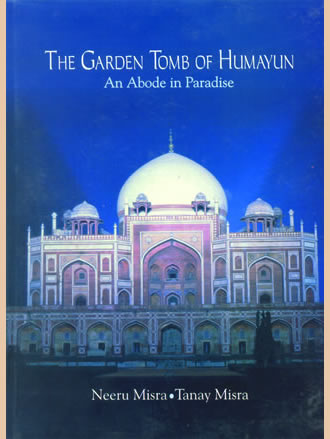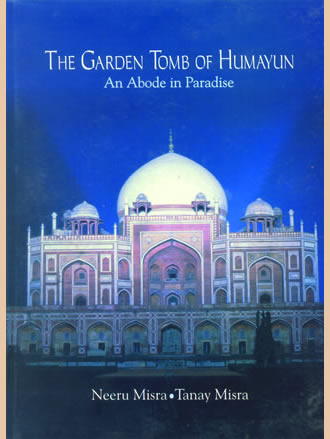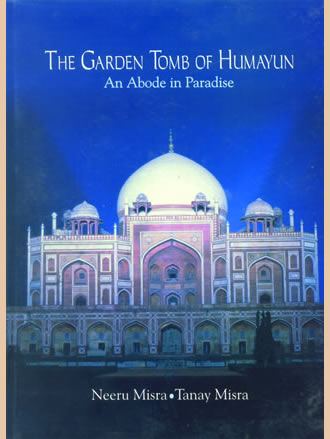THE GARDEN TOMB OF HUMAYUN: An Abode in Paradise
THE GARDEN TOMB OF HUMAYUN: An Abode in Paradise is backordered and will ship as soon as it is back in stock.
Couldn't load pickup availability
Genuine Products Guarantee
Genuine Products Guarantee
We guarantee 100% genuine products, and if proven otherwise, we will compensate you with 10 times the product's cost.
Delivery and Shipping
Delivery and Shipping
Products are generally ready for dispatch within 1 day and typically reach you in 3 to 5 days.
- Type: English
- Pages: xii + 168
- ISBN: 9788173052538
- Edition: 1st
- Publisher: ARYAN BOOKS INTERNATIONAL
- Size: 23 cm × 31 cm
- Product Year: 2003
Venerated by Akbar, admired by Jahangir, adopted as a model by Shahjahan for his celebrated Taj Mahal, the final resting place for many a prince and princess of the house of the Mughals including Dara Shikoh, the later Mughal Emperors including Jahander Shah, Farrukh Siyar, Rafi ud Darjat, Rafi ud Daula and Alamgir II, and the refuge for the last Mughal Emperor Bahadur Shah Zafar in 1958 before his banishment to Burma, the Garden Tomb of Humayun has inspired the encomiums of architects, historians, visitors and tourists for centuries. From Manucci to Bernier and from Colonel Hodgson to Nobel Loureate Octavio Paz. The narratives of the tomb have enthused admiration in poetry and literature. The red sandstone and bulbous marble double dome symbolizing the funeral pyre in the garden setting on the banks of Yamuna was conceived as a paradise in the lap of nature created for Jannat-I Ashiyani, the posthumous title given to Humayun. In the first major experiment of a garden tomb of the Mughals, the architectural elements noticeable by any visitor are enormity of the size, the remarkable symmetry of the mausoleum and the garden, the marble and red sandstone finish, and the garden enclosure. Each of these elements even before the advent of the Mughals and had been experimented successfilly either in India or in Central Asia. But what is significant is that all these elements came together in one single monument for the first time. The present monograph is the first comprehensive survey of the evolution of the Garden Tomb of Humayun and its salient features. It is a must for historians, archaeologists, conservators, tourists and lay-readers. The painstaking research by the authors and remarkably enchanting photographs enhance the readability of the book from cover to cover.





